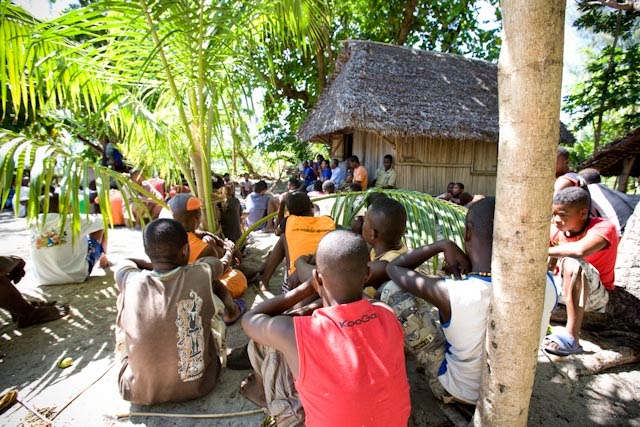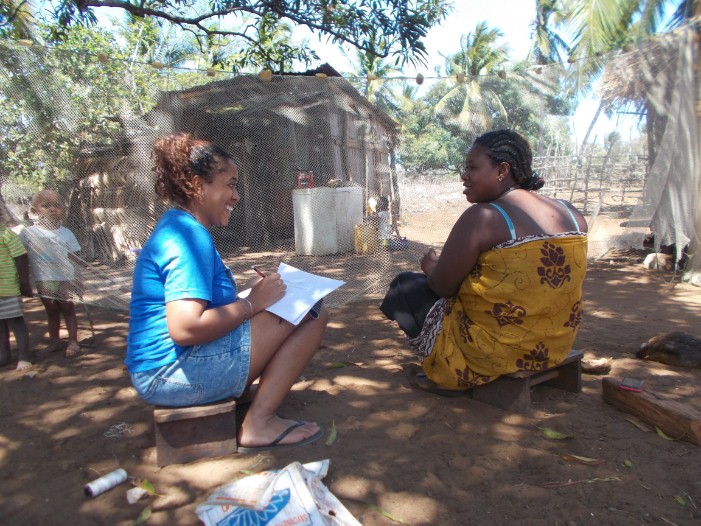


We conducted a qualitative survey among fishing communities living in the area by using incidental sighting reports and the CMS short version questionnaire. The questions touched mostly upon their observations of dugongs when at sea. We asked what behaviours they had when spotting (were they eating, resting, dead, alive, bycaught,…?)
The answers to the questionnaires allowed us to draw an approximative map of their main habitats.
During studies on sea turtles, we conducted key informant interviews (by using a questionnaire too) to identify turtle nesting and feeding areas. This also allowed us to identify potential and important areas of seagrass beds.
- We have been working in the area for a long time, and have established trustful relationships with the fishing communities.
- Consultations with local communities have enabled us to discover traditional community practices on dugongs and their cultural significance. We produced a children's book about the dugong and sea turtle that shares informative information about the interaction between the species and its habitat.
- No dead or captured dugongs have been recorded for over 10 years in Nosy Hara since C3 began its interventions.
Involving local communities in monitoring activities raises their awareness and involvement in resource conservation in general. Thanks to our community consultation, we identified one further hotspot we were unaware of previously.
Fishermen’s knowledge (especially the elders) is important information and gives an idea of the evolution or the level of change observed in the ecosystems.